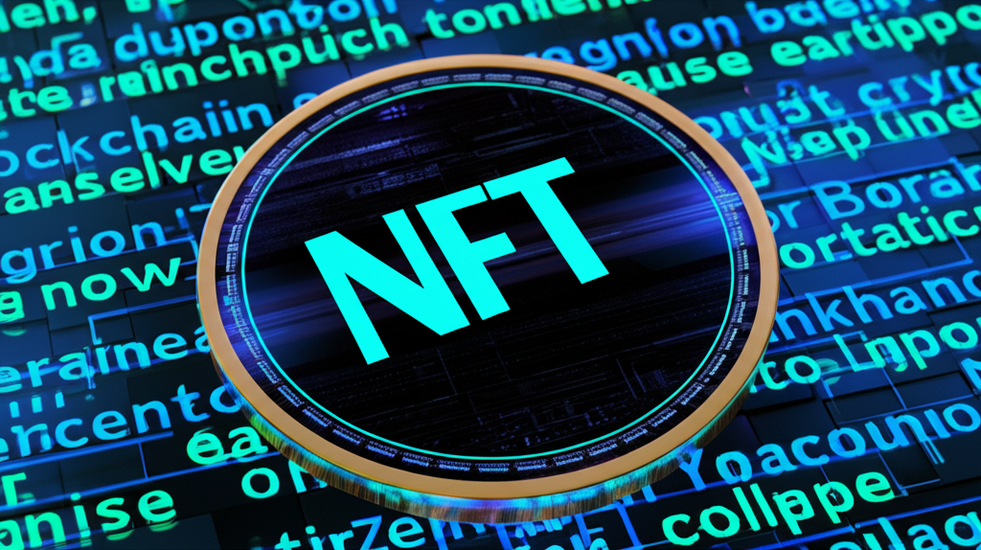Blockchain Finance Deadline: Banks Given 10 Years to Adapt or Risk Collapse

Legacy financial institutions face a stark ultimatum: integrate blockchain finance within the next ten years or risk total obsolescence. This warning, delivered during a visit to Dubai, underscores the accelerating challenge posed by decentralized finance (DeFi) to traditional banking models.
Eric Trump delivered a sharp critique of the conventional financial system, describing it as sluggish, expensive, and fundamentally broken. He asserted that blockchain technology presents superior solutions for nearly every function currently handled by banks, questioning their long-term viability.
Proponents argue DeFi offers greater transparency and accessibility compared to closed banking systems. However, established institutions face significant technical and regulatory hurdles in adopting decentralized ledger technology at scale, requiring massive shifts in infrastructure and mindset.
The critique extended to established global transaction networks like SWIFT, portraying the current international banking framework as antiquated and heavily skewed towards benefiting the ultra-wealthy. A controversial viewpoint suggested the system actively disadvantages average citizens, including those potentially marginalized for their political affiliations.
This strong pro-crypto stance resonates in regions like the UAE, striving to become global digital asset hubs. It reflects a wider debate on whether blockchain represents a fundamental evolution or a disruptive threat to established finance.
Fueling the disruptive narrative are bold forecasts, including predictions of Bitcoin (BTC) potentially soaring to a $1 million valuation, presented as a powerful alternative to the existing banking infrastructure.
Interest also encompasses other major crypto tokens like Ethereum (ETH). Earlier this year, ETH was highlighted as a potential buy around the $2,900 mark. Yet, the inherent volatility of the crypto market quickly became apparent when ETH’s price dropped by over 30% to $1,900 approximately five weeks later.
This price plunge led to a notable online modification of earlier bullish sentiment, emphasizing the speculative risks inherently tied to digital asset investments and market timing.
